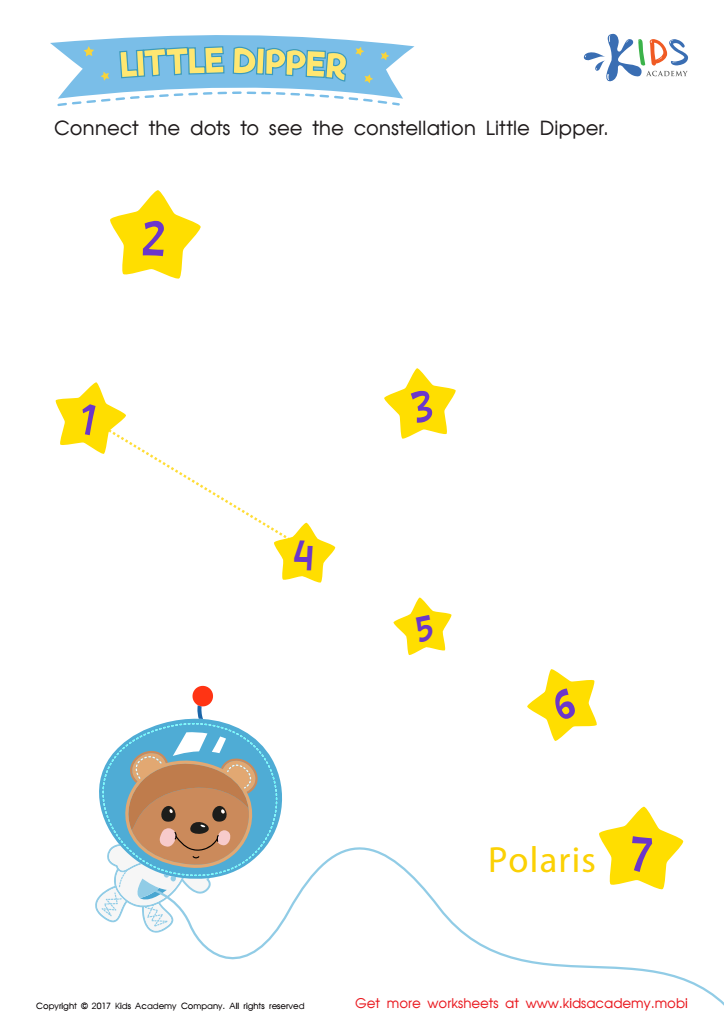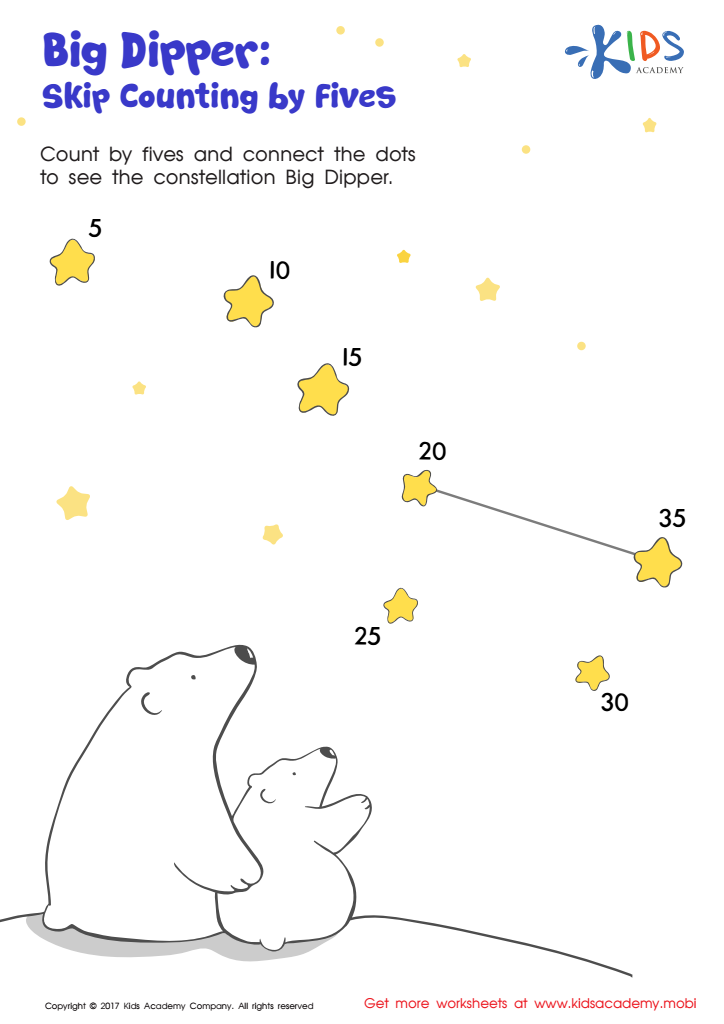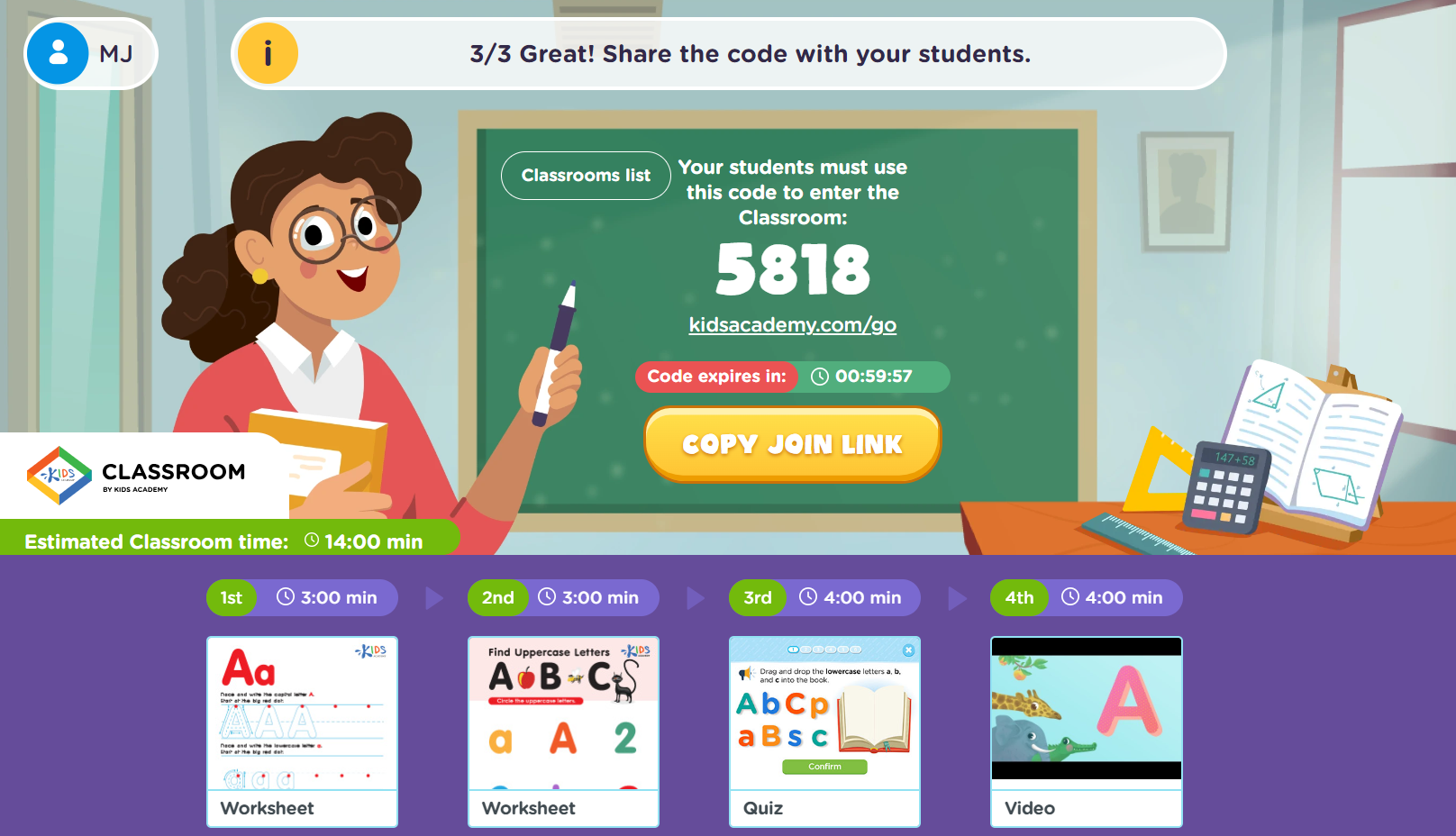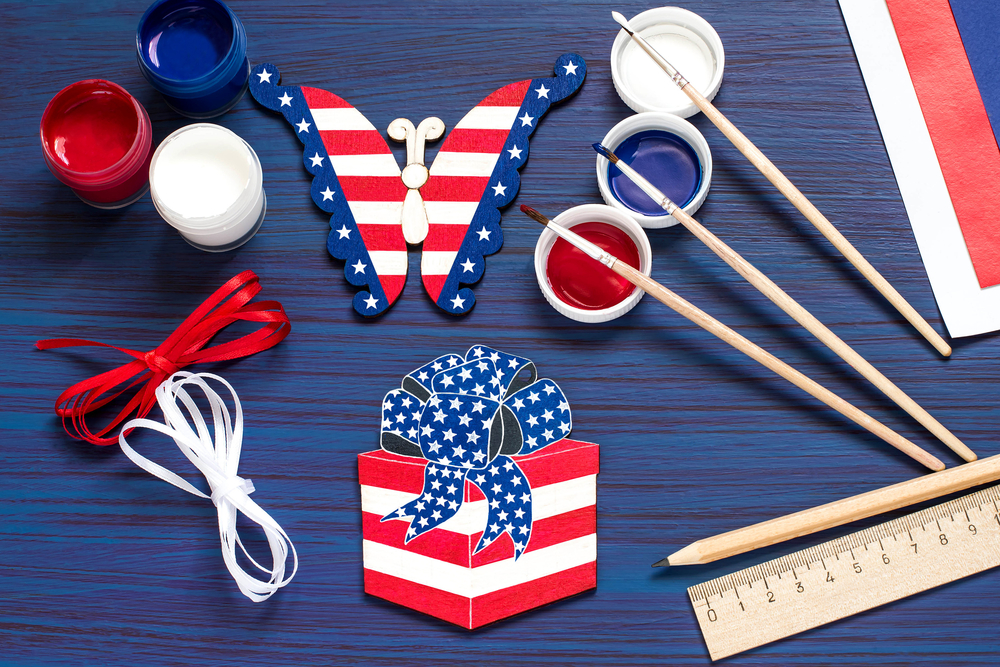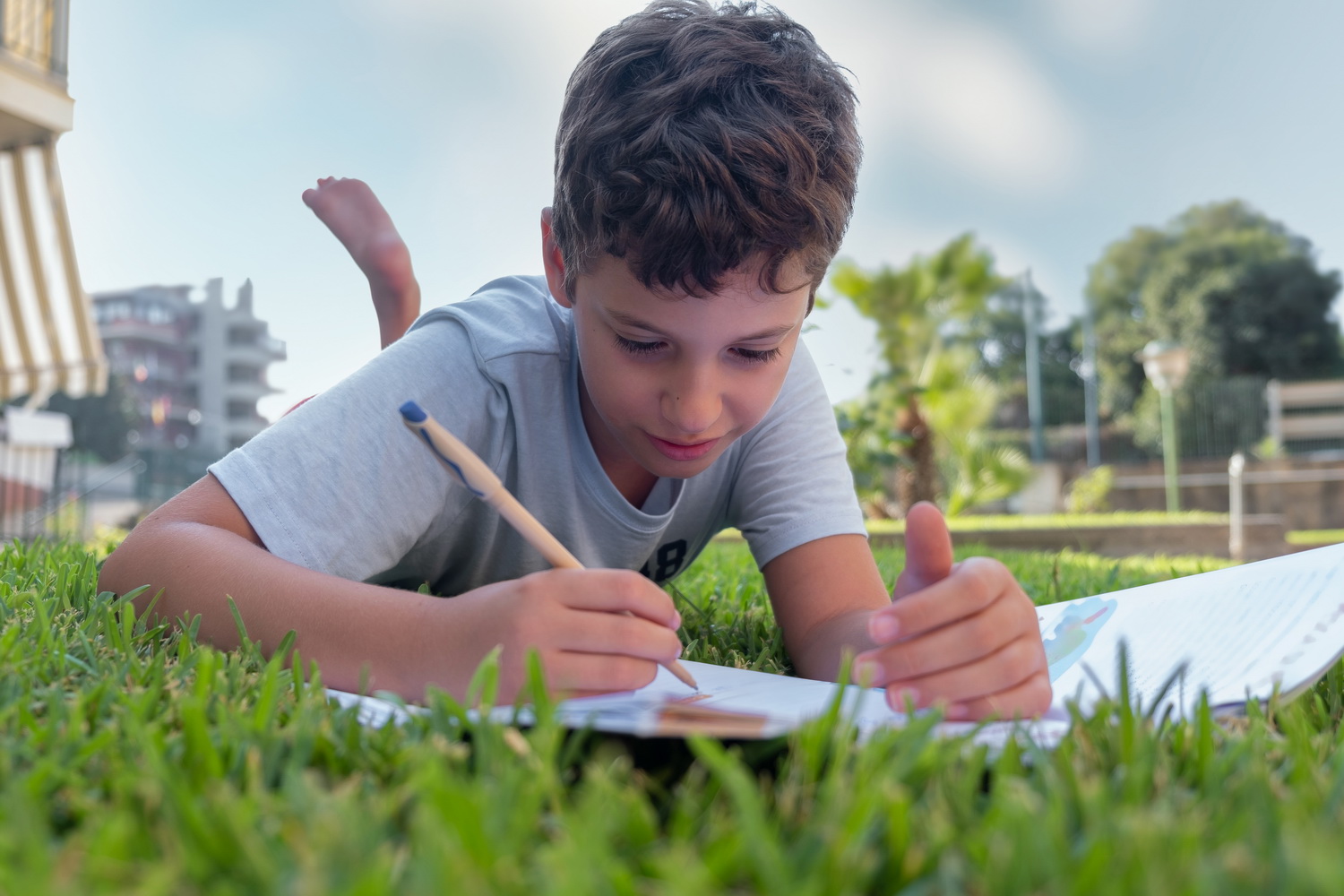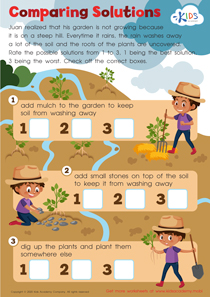Connect the Dots worksheets activities for 7-Year-Olds
13 filtered results
-
From - To
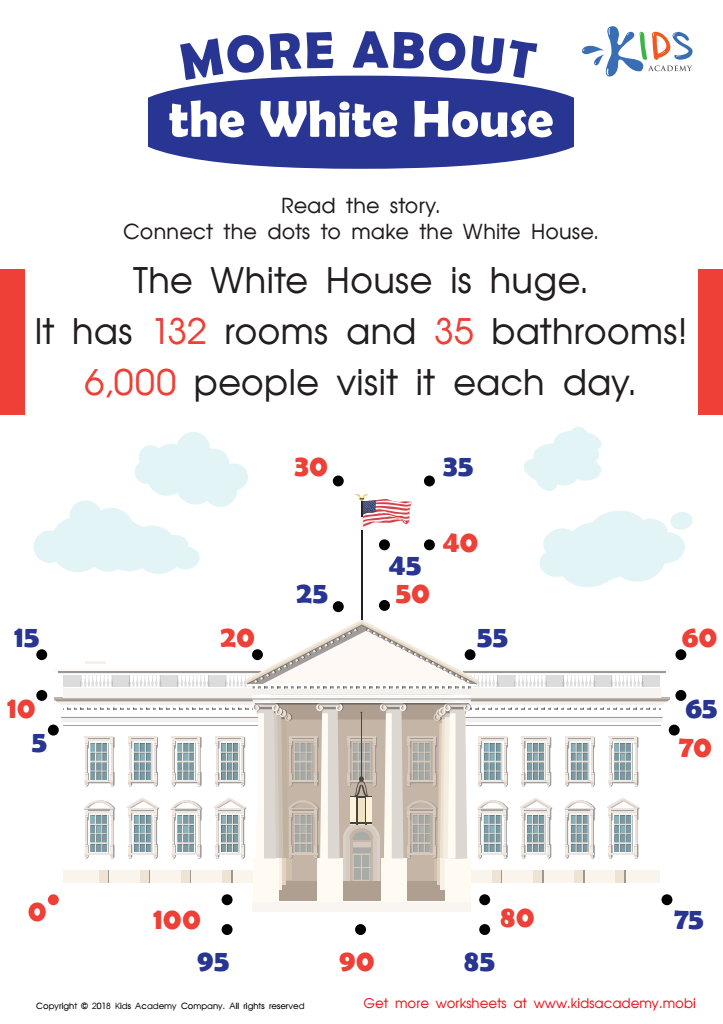

More About the White House Worksheet
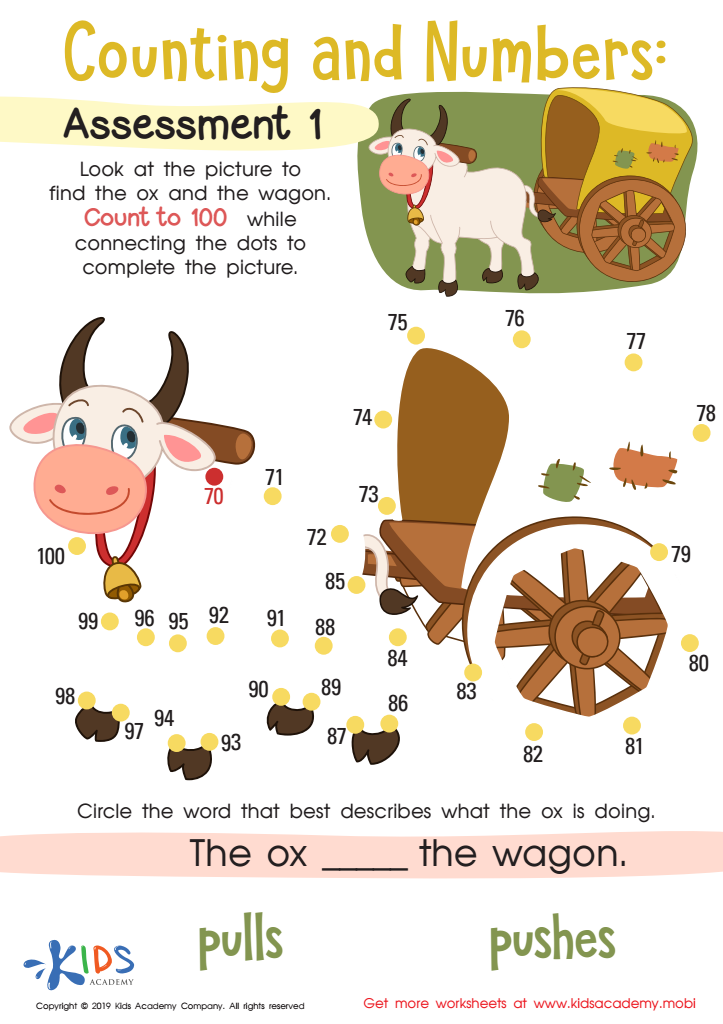

Counting and Numbers: Assessment 1 Worksheet
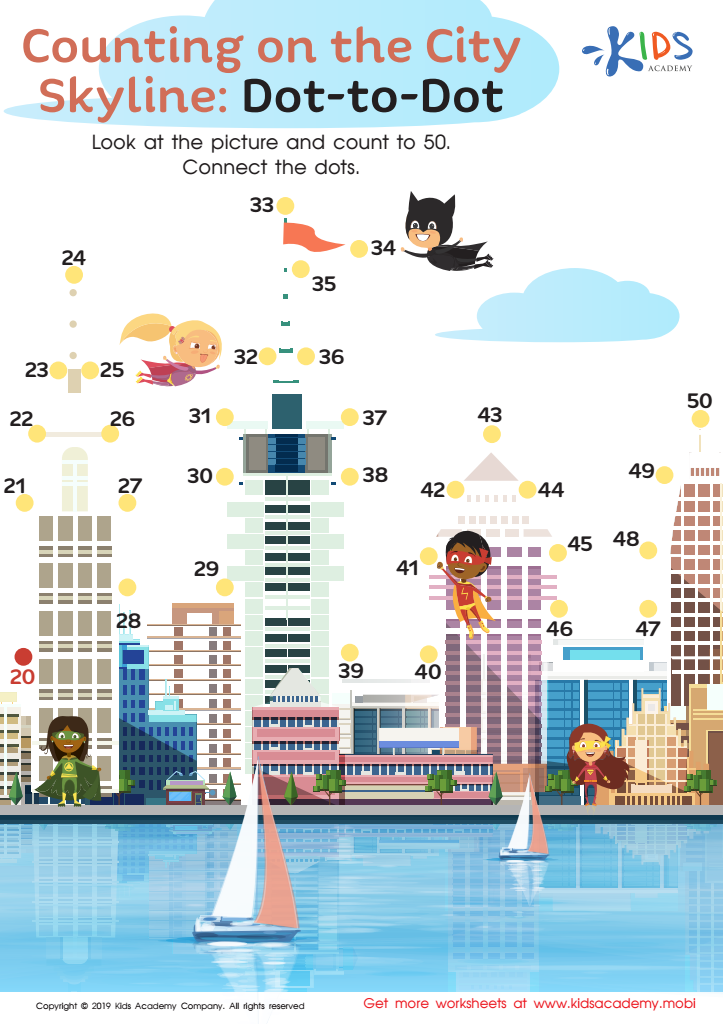

Counting on the City Skyline: Dot-to-Dot Worksheet
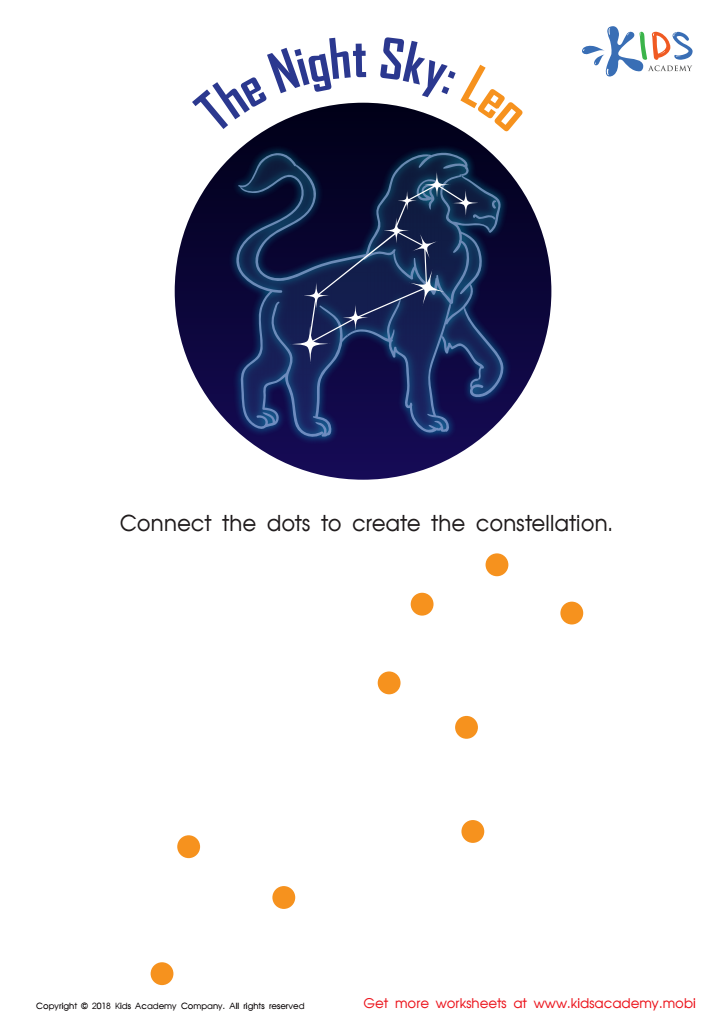

The Night Sky: Leo Worksheet
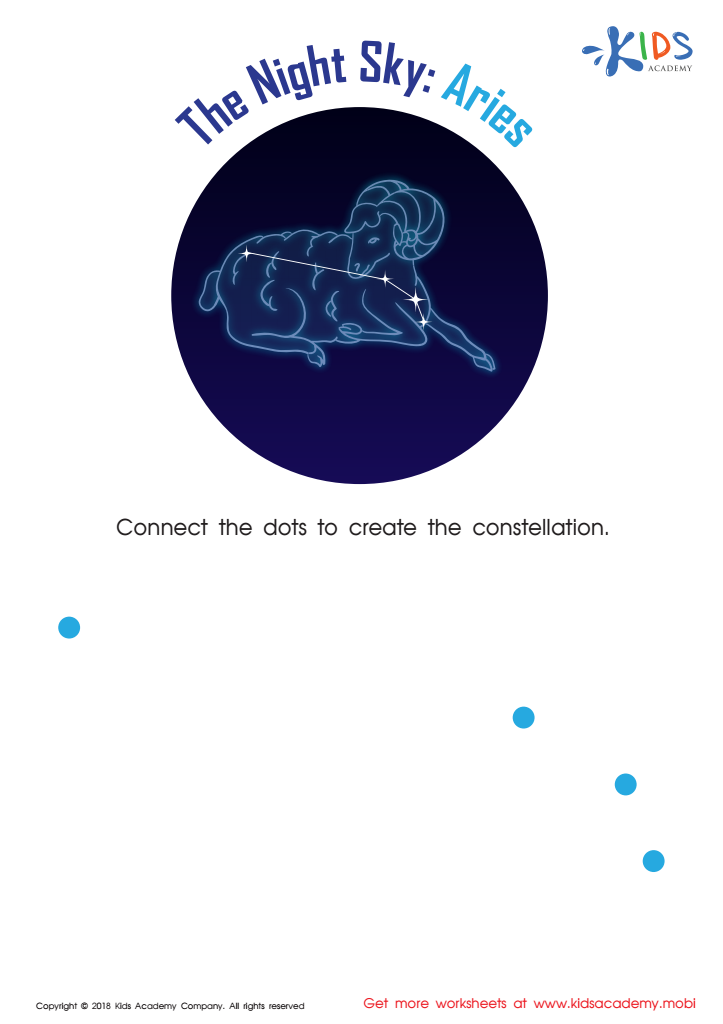

The Night Sky: Aries Worksheet
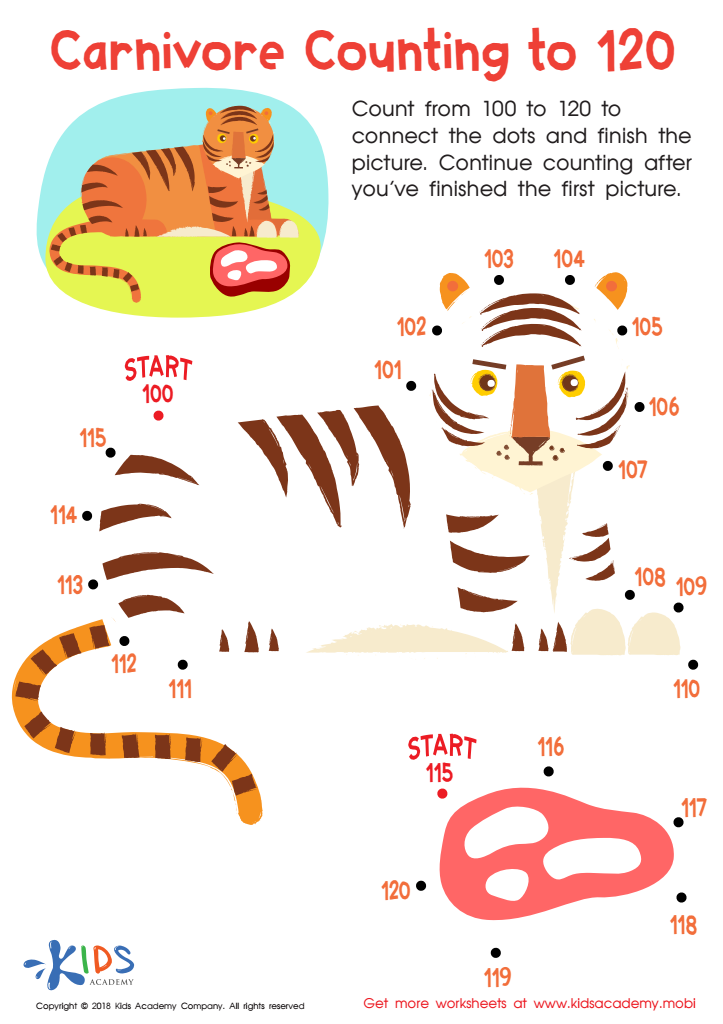

Carnivore Counting to 120 Worksheet
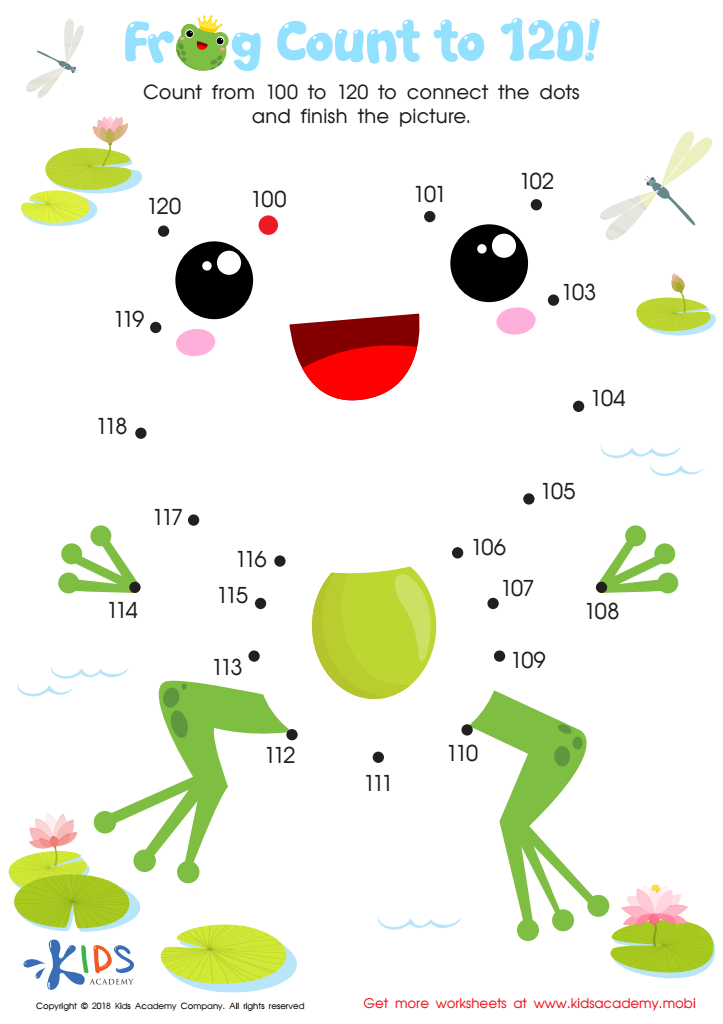

Frog Count to 120 Worksheet
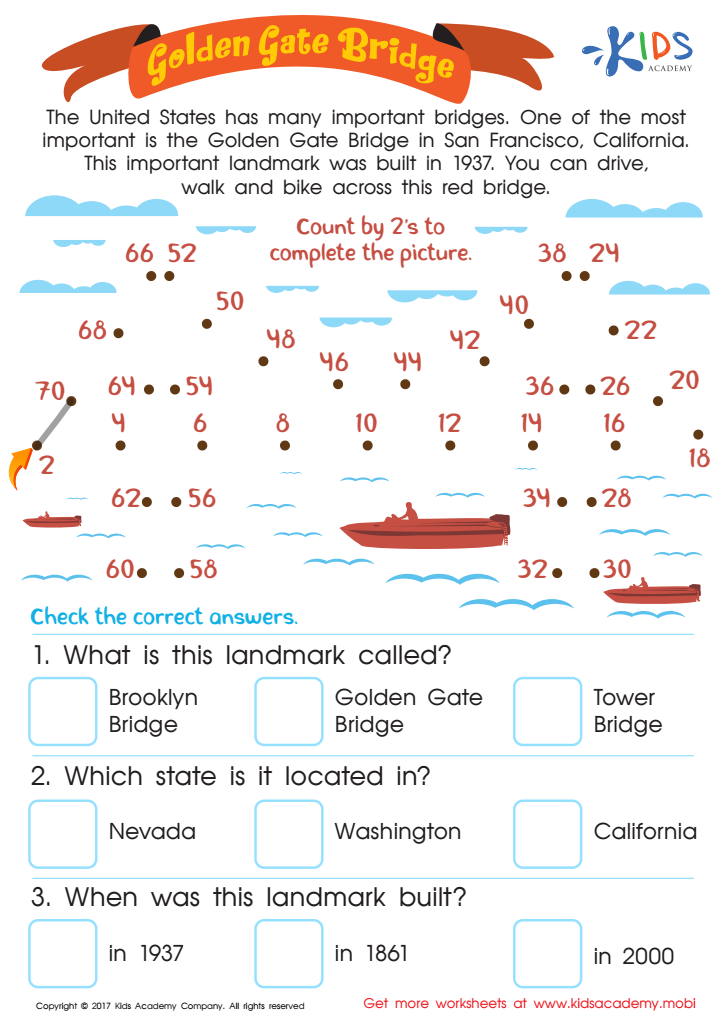

Golden Gate Bridge Worksheet
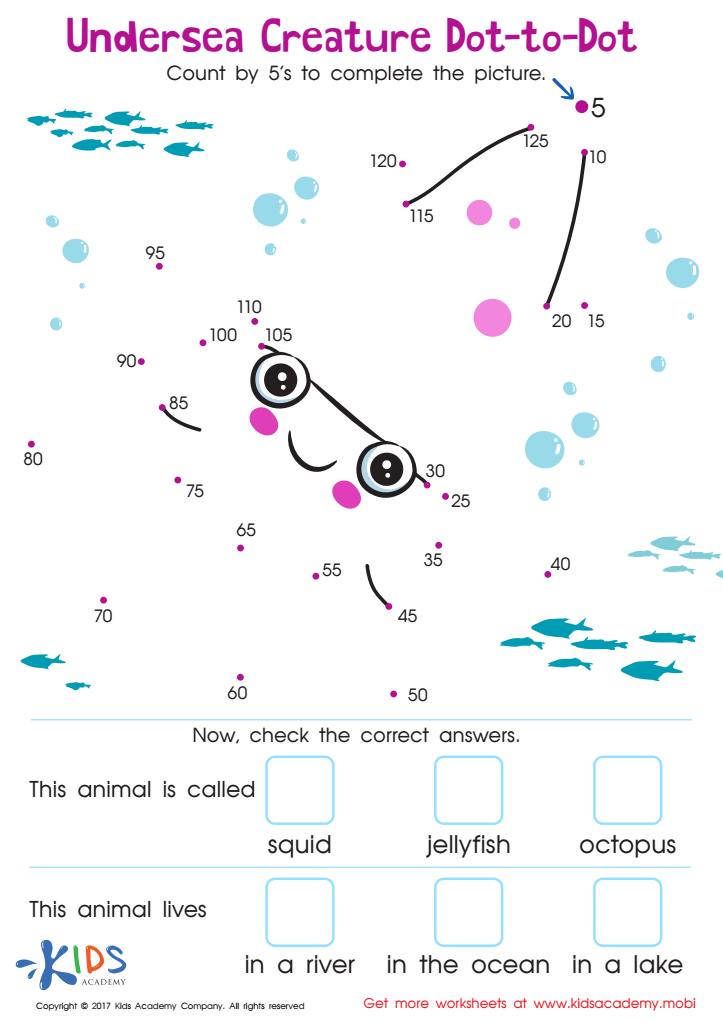

Undersea: Dot To Dot Worksheet
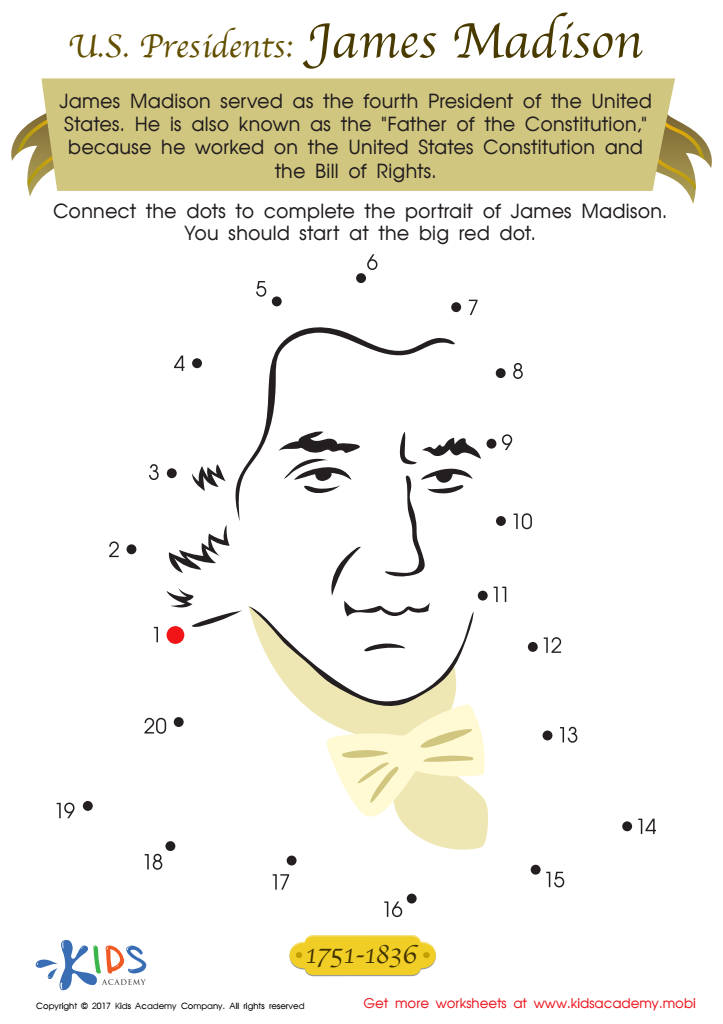

President Madison Printable
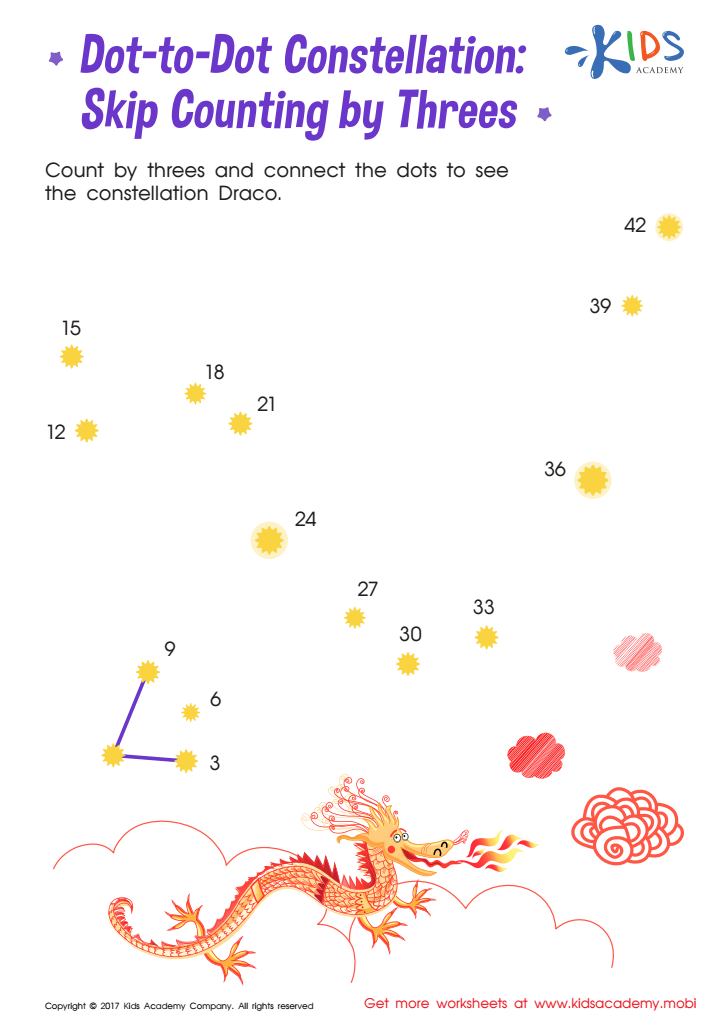

Connect the Dots worksheets activities are not just an amusing pastime for children; they are a powerful educational tool that fosters a range of developmental skills. From enhancing fine motor coordination to promoting numerical and alphabetical awareness, the benefits of engaging in Connect the Dots worksheets activities are manifold and significant.
Firstly, these activities are instrumental in developing fine motor skills. As children connect one dot to the next to reveal a hidden picture, they practice holding a pencil and controlling their hand movements. This precision helps in the development of writing skills, as the same movements are used when they learn to form letters and numbers.
Moreover, Connect the Dots worksheets activities serve as an engaging way to teach children about sequencing and order. Whether the dots are numbered or lettered, children learn to recognize and follow sequences, which is a foundational skill for understanding the concepts of numbers and the alphabet. This not only aids in mathematical skills but also in reading and literacy, making these activities incredibly versatile educational tools.
Additionally, these worksheets can enhance cognitive skills such as problem-solving and logical thinking. Children must figure out which dot comes next to complete the picture correctly, teaching them to think critically and plan ahead. This problem-solving approach, combined with the suspense of discovering what the final image will be, keeps children engaged and motivated.
Connect the Dots worksheets activities also foster patience and concentration. Completing a worksheet requires focus and persistence, qualities that are invaluable in all areas of learning. The satisfaction and sense of achievement children feel when they complete a worksheet can boost their confidence and encourage a positive attitude towards learning.
In conclusion, Connect the Dots worksheets activities are a multifaceted educational tool. They not only entertain but also educate, developing a wide range of skills that are crucial for young learners. From improving fine motor skills and teaching sequence and order to enhancing cognitive abilities and fostering patience and concentration, the benefits of these activities are extensive, making them a valuable addition to any educational curriculum.

 Assign to My Students
Assign to My Students
